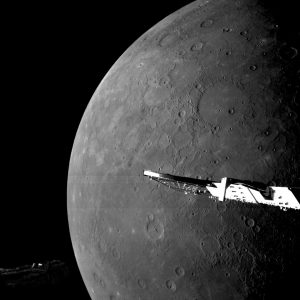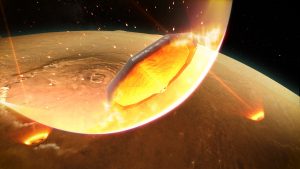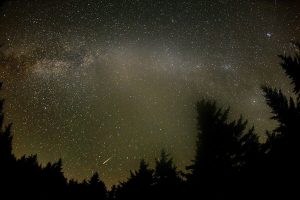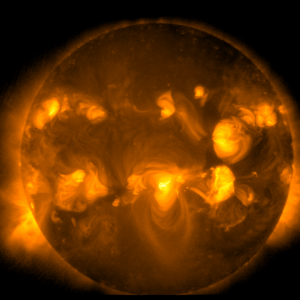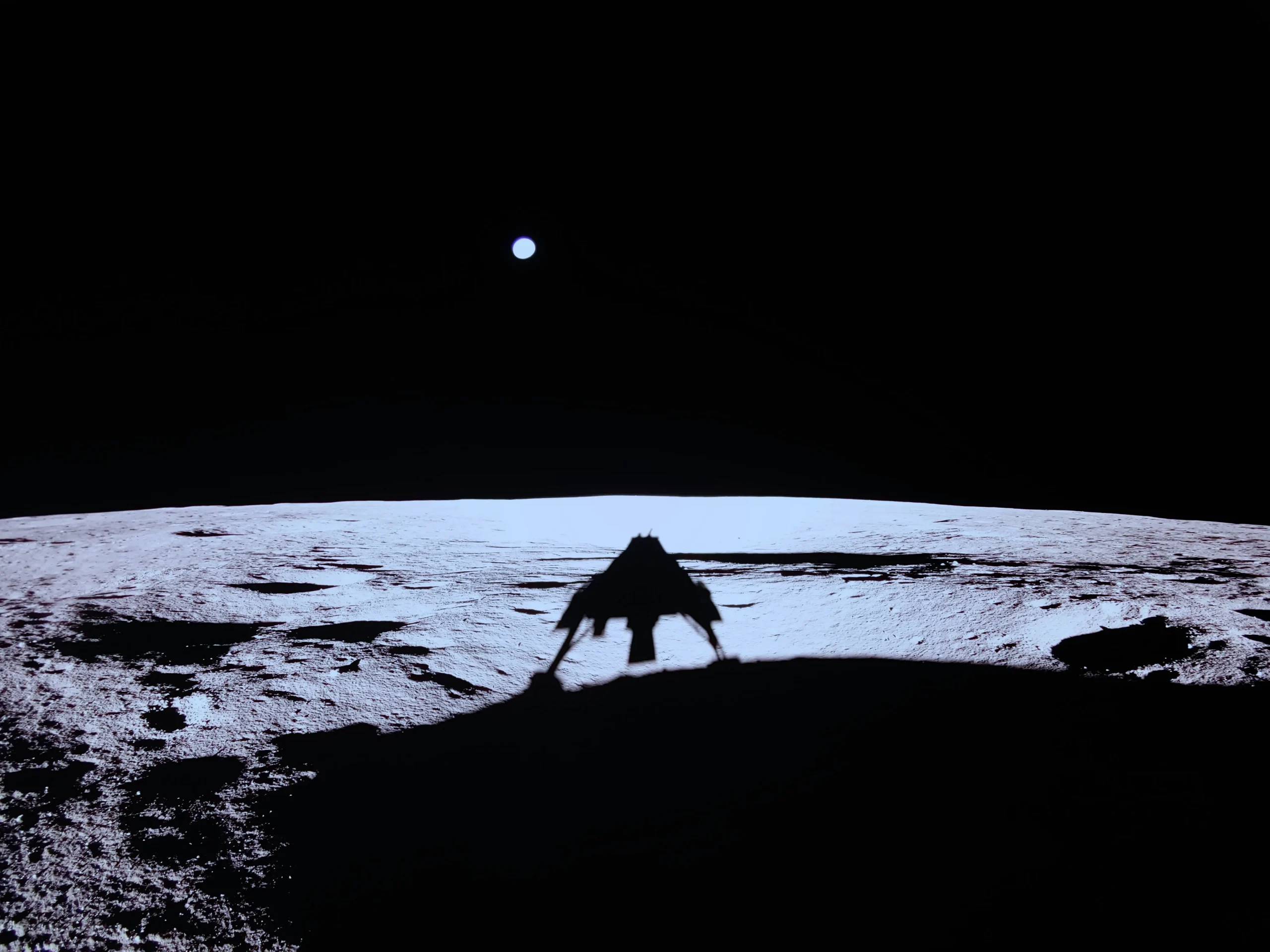
Gathering Moon dust with Honeybee Robotics
“You know, there are a few things in your life that you’ll never forget. And this is one of them.”
On March 2, Kris Zacny was at the mission control centre for Firefly Aerospace in Texas. He was waiting for a photograph of the inside of a box that was currently on the Moon.
In truth, Zacny had not initially intended to be in Texas. Zacny is Vice President of Honeybee Robotics, a Blue Origin company, who specialise in developing robotic systems and instruments for space exploration. Two Honeybee Robotics instruments had just arrived on the Moon, carried by the Firefly Aerospace lunar lander, Blue Ghost. The original plan had been for the Honeybee Robotics team to operate both instruments remotely from their offices in Altadena, California. But as wildfires raced across Los Angeles, the team relocated to the Firefly Aerospace Headquarters.
On the control centre displays, four circles began to change colour. Each represented a sensor on the footpads capping the landing legs of Blue Ghost. When the sensor detected solid ground, the circle would light up…
Green.
Green.
Green.
Red.
Blue Ghost was officially on the Moon, with three of its landing legs touching the lunar surface.
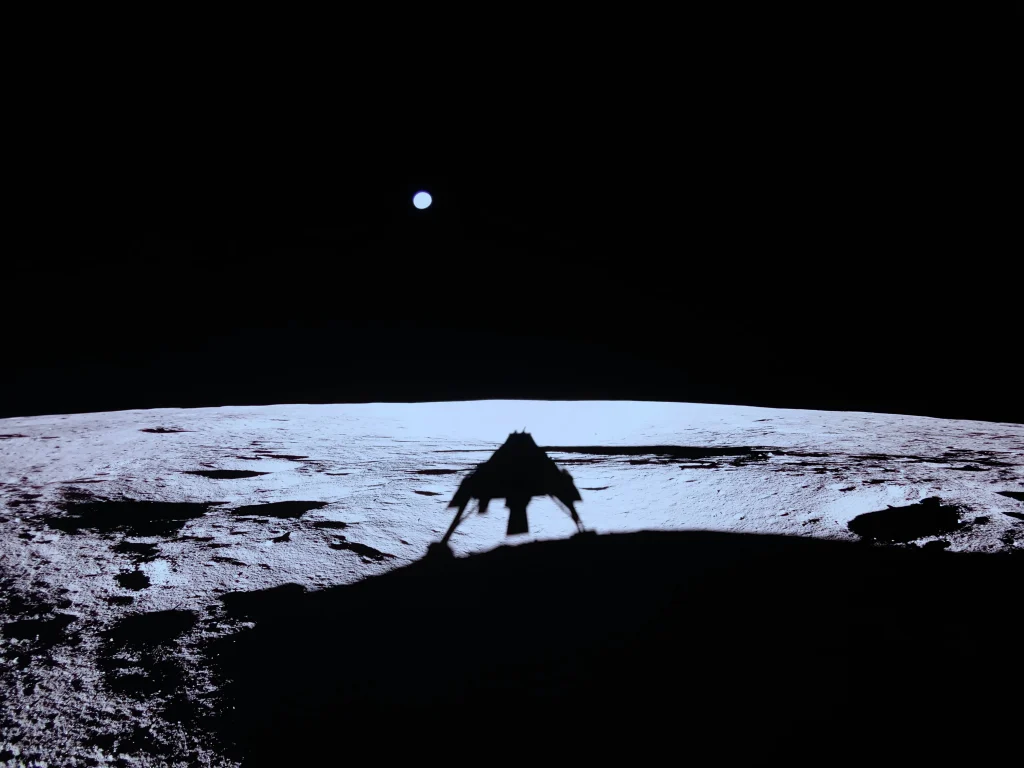
“No one slept! It was about 2am on Saturday night, Sunday morning. We worked through to Wednesday,” Zacny recalls of the experience of the landing. “People would fall asleep in a chair, then wake up and keep doing mission operations!”
Blue Ghost is part of the Commercial Lunar Payload Services (CLPS) initiative, where NASA hires private companies to send robotic missions to the Moon. The first lander for Firefly Aerospace, Blue Ghost carried a payload of technology demonstrations that included the Lunar Instrumentation for Subsurface Thermal Exploration with Rapidity (LISTER) and the Lunar PlanetVac developed by Honeybee Robotics. LISTER was designed to drill into the lunar surface and measure the temperature conditions. The Principal Investigator of LISTER, Nagihara Seiichi from Texas Tech University, had been working with Honeybee Robotics on developing this technology for almost two decades. The second instrument, PlanetVac, was a new design by Honeybee Robotics for collecting a sample of the lunar top soil.
The progress of Blue Ghost was being watched with deep interest at JAXA. In 2026, the JAXA Martian Moons eXploration (MMX) mission is set to begin a journey to retrieve a sample from the Martian moon, Phobos. One of the spacecraft’s two sampling mechanisms is being provided by Honeybee Robotics.
Both the Blue Ghost PlanetVac and the MMX sampler have a pneumatic design, ejecting pure nitrogen to sweep surface material into a tiny tornado, with a second jet to guide that lifted material into the collection chamber. One additional requirement for MMX is that the sampler would be able to collect material even if the sampling head could not be positioned flush against the moon surface. Since PlanetVac was mounted close to the fourth Blue Ghost leg that was not firmly on the lunar soil, this requirement was about to get an unexpected test.
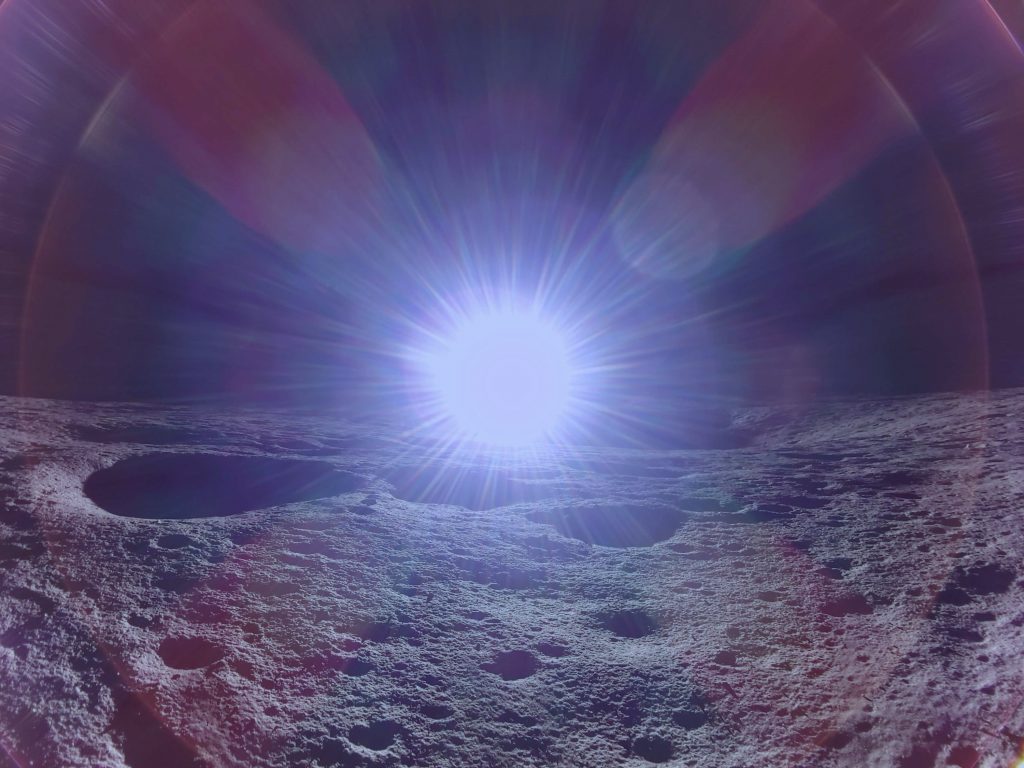
“My entire life flashed in front of my eyes as I was waiting. Because remember, no one knew if this was going to work. It was the first time we had ever deployed something like this,” describes Zacny. “It’s like sending the very first lander to the Moon. It’s very different from sending a second lander to the Moon, right? Because if you’re sending a second lander, you know that this is possible because the first one landed. But if you do something for the first time and with brand new technology, it’s very very stressful.”
Pneumatic sampling was a new technique for Honeybee Robotics, but it was not the first technology that the company had developed for taking bites out of other planets.
Founded in 1983, Honeybee Robotics was not initially involved in space exploration. Instead, the company focused on traditional commercial robotics, including the moving parts for the iconic Coca Cola sign that graced Times Square in New York. But then the challenge of space robotics grabbed the team’s interest, especially the idea of creating robotic moles that could dig into the surface of a planet or moon.
Their designs caught the eye of Steve Squyres at Cornell University, who was then pondering the possibility of collecting samples on Mars. The proposal by Squyres would become the NASA Mars Exploration Rover mission, with the twin rovers named Spirit and Opportunity. The rover pair would ultimately not collect samples, but examine the inside of rocks by grinding away the weathered surface to expose the fresh material.

“He sent us a fax. And this fax was a single piece of paper, with a rock drawn by Steve, a robotic arm and some Coca-Cola can-like thing at the end of the arm,” says Zacny. “It showed the rock with a ground surface and an arrow pointing to this Coca-Cola can feature. And Steve said, ‘Build me this.’ And so we did.”
The Coca-Cola can became the “Rock Abrasion Tool” and provided humanity’s first look at the interior of rocks on another planet. Rather than a traditional geology hammer to crack the rock open, the tool developed by Honeybee Robotics created a polished surface that could be analysed by the instruments onboard the two rovers. The results provided evidence of minerals that form in the presence of water, strongly indicating that Mars once had substantial liquid reserves. And it put Honeybee Robotics on the map of the planetary community.
From there, Honeybee Robotics instruments continued to burrow into Mars. The team developed an obliquely-mounted drill for the arm of the NASA Phoenix lander to carve into the solid sub-surface ice, and the carousel that would feed samples gathered by the NASA Curiosity rover to its key instrument.
But was the now-conventional long robotic arm and scoop always the best way to collect a planetary sample? Equipped with the new pneumatic system developed by Honeybee Robotics, the Blue Ghost lunar lander was ready to test a vastly quicker alternative. A boom arm lowered PlanetVac towards the Moon surface. The team sent the command to collect a lunar sample. It was over in one second.
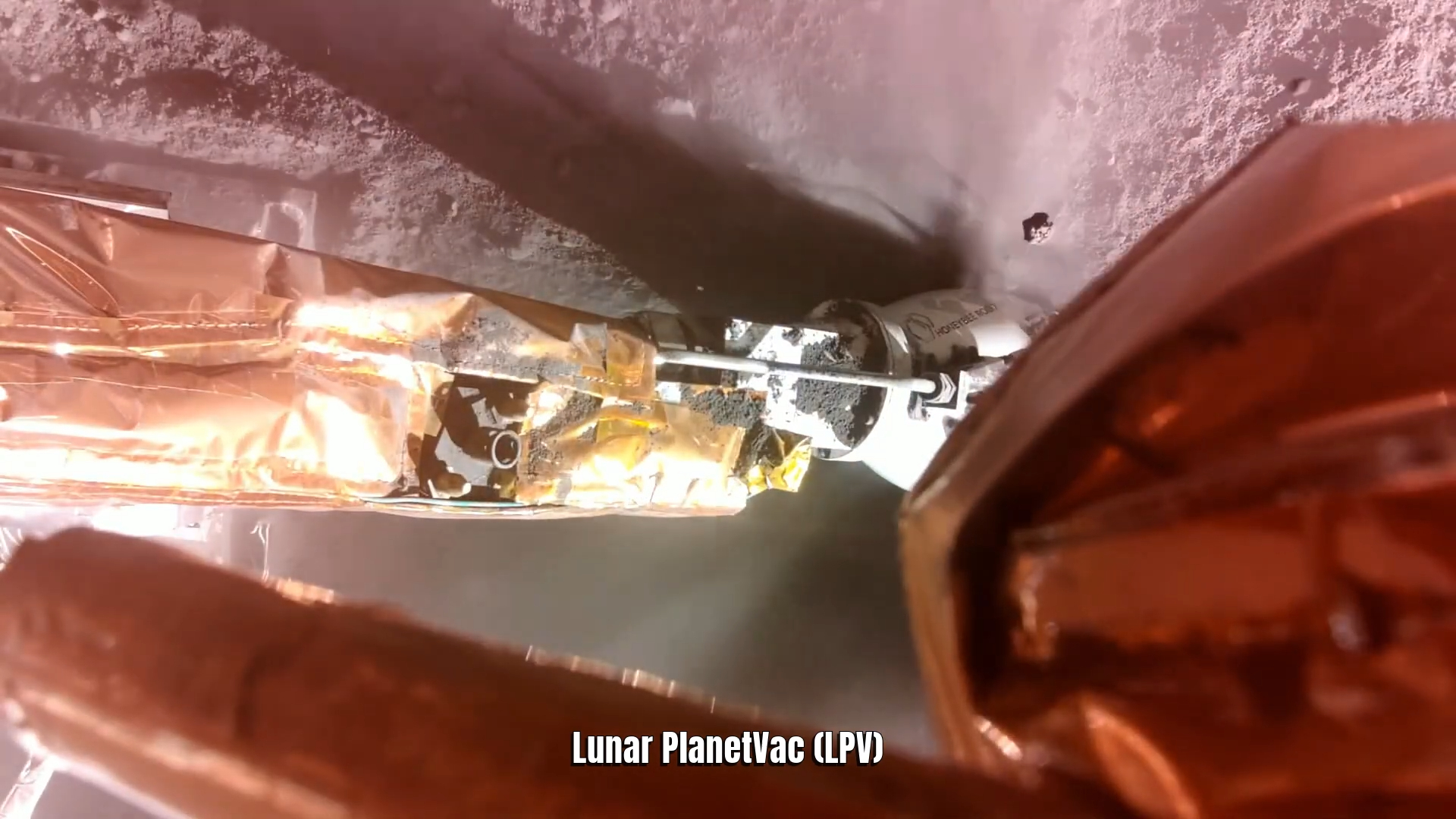
To discover if PlanetVac had successfully gathered material, the Honeybee Robotics team had mounted a camera inside the sample container. The pristine container had coloured plates on the inside. But when Blue Ghost transmitted the newest image back to Earth, this pretty scene was coated in dust and dirt.
“We couldn’t be happier to see dust on the screen!” declares Zacny.
Blue Ghost had landed near the rim of crater, explaining why one leg had not made contact with the sloped terrain. PlanetVac was on a boom arm but the full extension did not quite reach the ground
“Imagine a scoop grabbing a sample without touching soil,” Zacny points out. “That would be a borderline miracle. But that’s what we really did. We put our scoop, the PlanetVac, close to the surface without even touching it. We still grabbed a sample! We celebrated… and then we went straight to deploying LISTER.”
The second Honeybee Robotics payload was also pneumatic. But rather than using gas to lift material into a container, LISTER used it to pummel downwards into the lunar surface.
“Gas in a vacuum is like an explosive,” explains Zacny. “It just blows everything out of the way.”
While a hard bedrock would still require a hammer drill mechanism, the upper few meters of the Moon is a mixture of fine grains and small rocks. LISTER dropped through the surface to a depth of one metre. For comparison, deeper excavations have only been made by the Apollo astronauts (3m depth) and by Chinese and Soviet robotic missions with hammer drills (about 2m depth).
Video of LISTER and PlanetVac being operated on the lunar surface.
The success of both LISTER and PlanetVac proved that pneumatic technology worked well on moons. This was particularly great news for JAXA.
“This boded really well for the pneumatic sampler for MMX,” agrees Zacny. “So obviously we’re super ecstatic, and at that point is was the happiest day ever!”
Involvement in MMX began when Zacny heard a talk about the mission from ISAS Director General Fujimoto Masaki.
“After the presentation, I went over and I said to Masaki — this is a wild mission! This is an amazing mission! How can we be part of this?” recalls Zacny.
Fujimoto explained that MMX currently had a design for one sampling system, but he was curious to see what Honeybee Robotics would consider for Phobos. Never short of ideas, Honeybee Robotics returned with a spreadsheet with around twelve different architectures. By the time the teams had narrowed down the options, the collaboration had caught the eye of NASA. The Honeybee Robotics sampler would be contributed by NASA to MMX as part of a collaboration with JAXA.
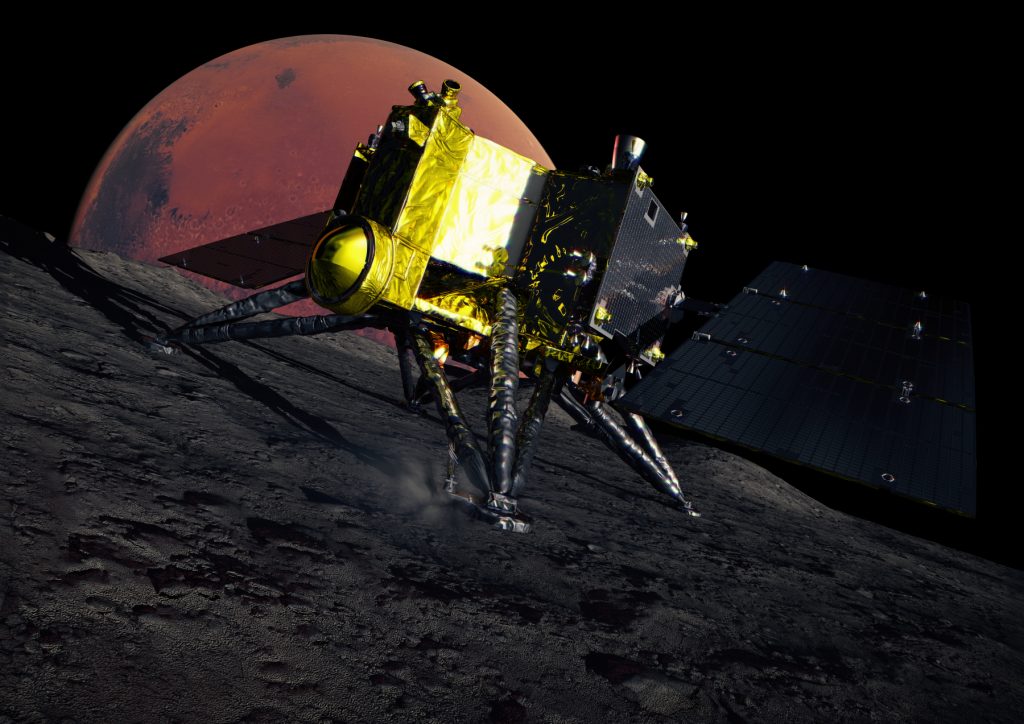
The MMX P-SMP (“P” for pneumatic, “SMP” for sampler) developed by Honeybee Robotics is integrated into one of the spacecraft’s footpads. This design avoids the need for a deployable boom, and is possible thanks to the ability of the pneumatic sampler to gather material even when not creating a seal with the moon surface. To avoid any chance of contaminating the sample, ultra-pure nitrogen gas used by P-SMP.
“Five nines! Five nines!” exclaims Zacny. “99.999% pure nitrogen!”
When Fujimoto saw the design for the MMX P-SMP, he recalled Zacny emphasizing that the instrument would still collect material, even if the sampling head could not fully reach the ground. While this would become a mission requirement for MMX, Fujimoto wondered at the time whether this was truly needed.
“Is it really that important?” Fujimoto recalls thinking. “Then Blue Ghost landed on the Moon, and the landing leg close to PlanetVac was slightly off the ground, but PlanetVac effectively captured the lunar regolith. As expected of Kris!”
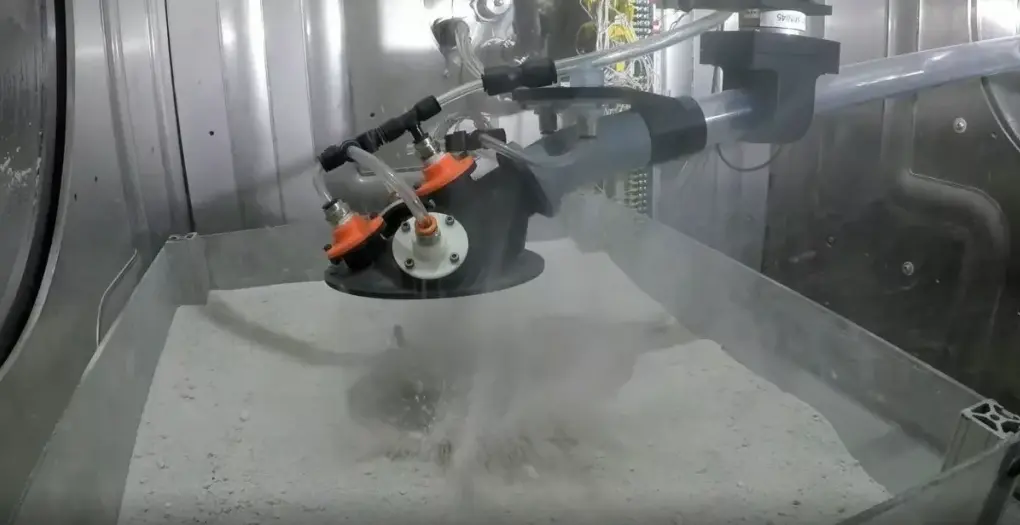
Fujimoto also recalls Zacny’s enthusiasm that made such an impact on the team, that JAXA almost lost its key team members to Honeybee Robotics! Stopping at In-N-Out Burger on the way back to the airport, Satou Yasutaka remarked that he might want to transfer.
“Looking back, I think it was because of Kris that I decided to lead P-SMP,” remembers Satou. “Honeybee Robotics has many young employees who are not only energetic, but highly skilled. I’m proud to have been able to develop P-SMP together with everyone at Honeybee, and I am looking forward to seeing the sands of Phobos together in a few years!”
Zacny joined Honeybee Robotics in 2005 and feels that he has not worked a day in his life. Alongside the plans for MMX, Zacny is also part of a second venture with Firefly Aerospace to create a lunar rover. It’s a different type of challenge from sampling technology, but after the success of PlanetVac and LISTER, Zacny feels confident in the collaboration with Firefly Aerospace.
“They’re insects just like us. We are cousins. We have fireflies and honeybees!”
Further Information:
Martian Moons eXploration website
The development of the P-SMP flight model for MMX is now complete, web release
External sites:
Blue Origins Honeybee Robotics website
Honeybee Robotics Ships Phobos Mining System to JAXA, web release
Firefly Aerospace Blue Ghost website
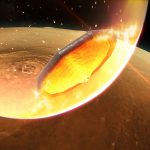 Previous Post
Previous Post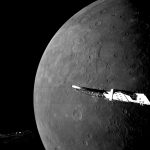 Next Post
Next Post